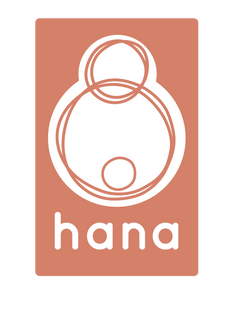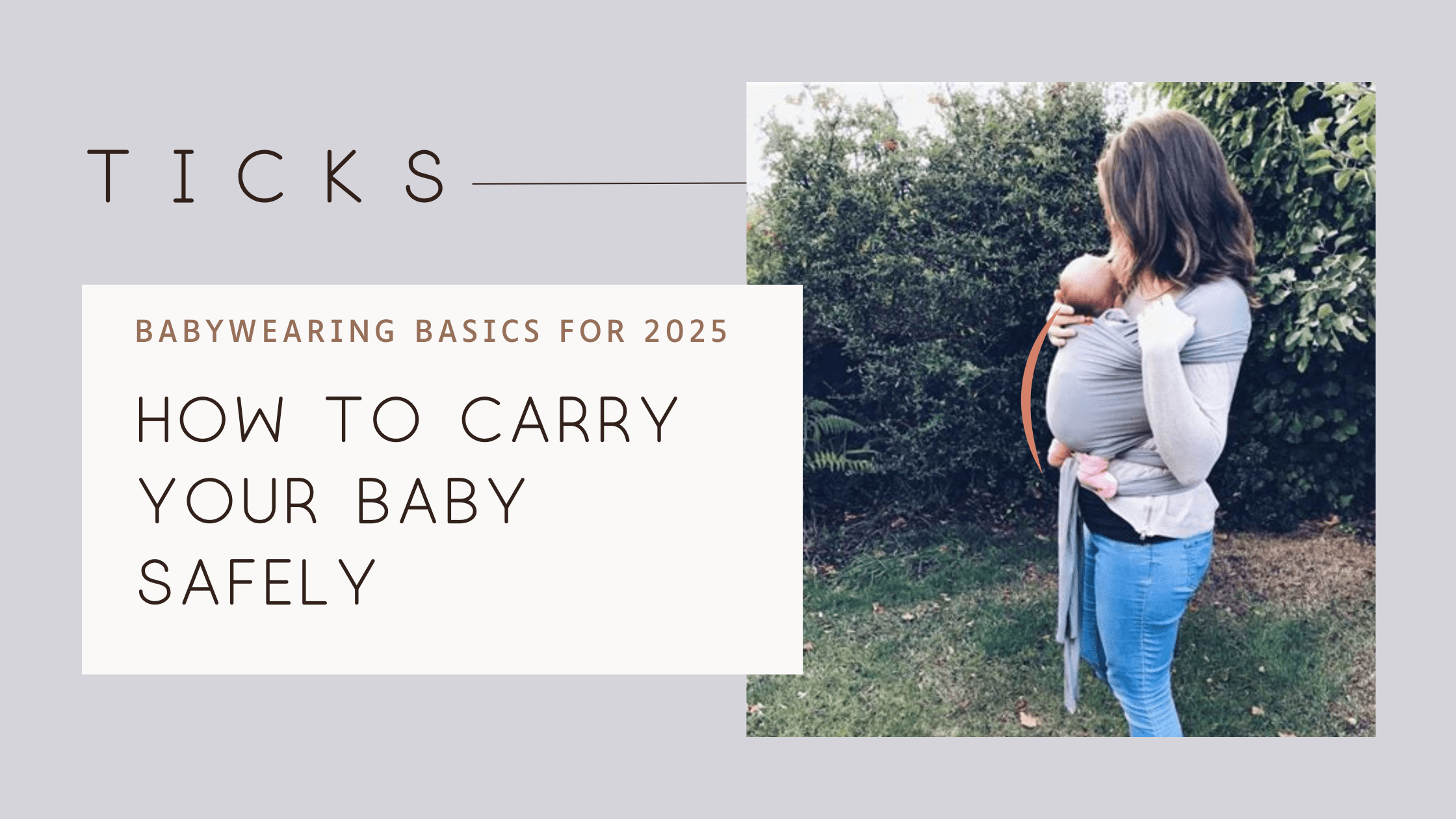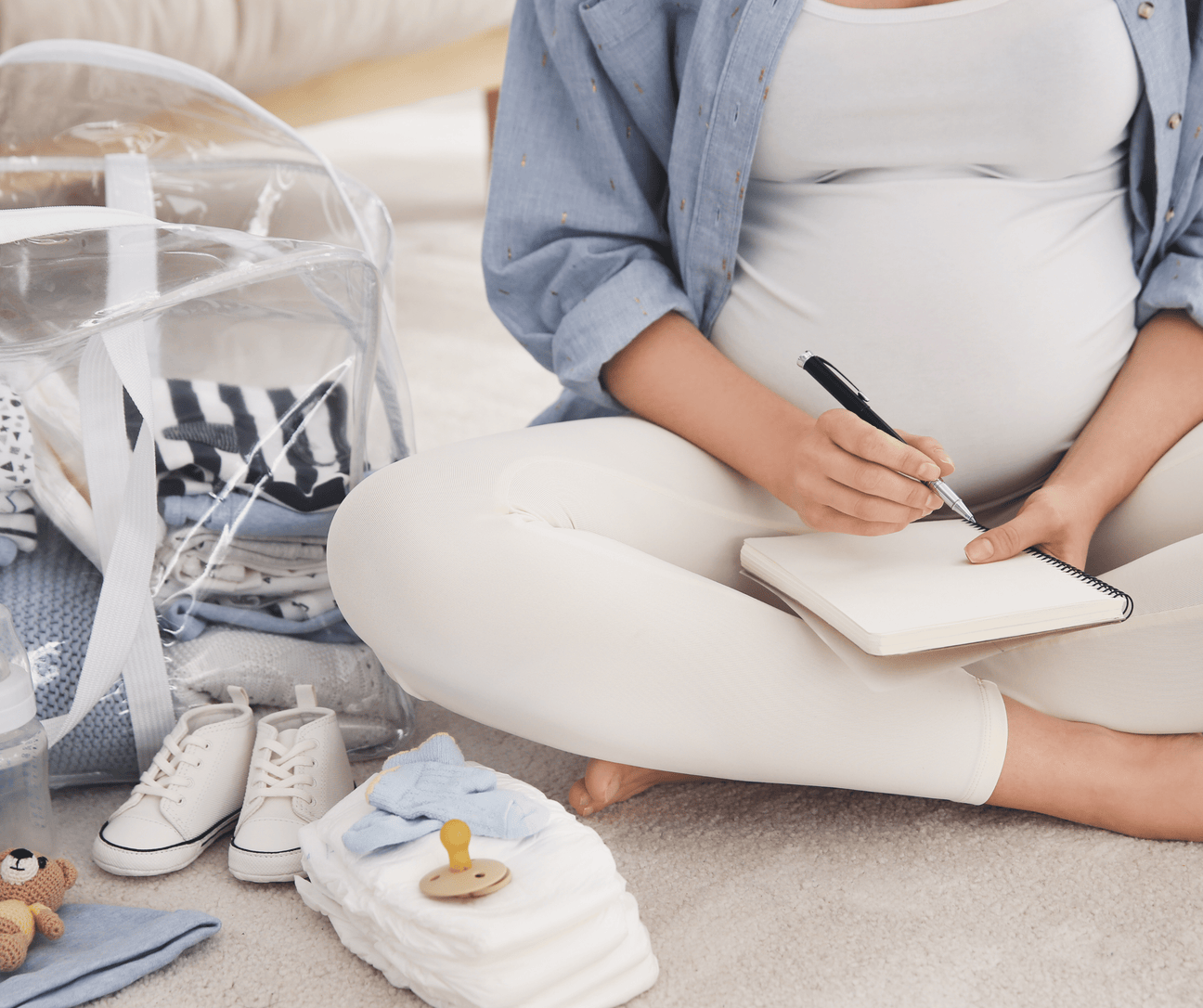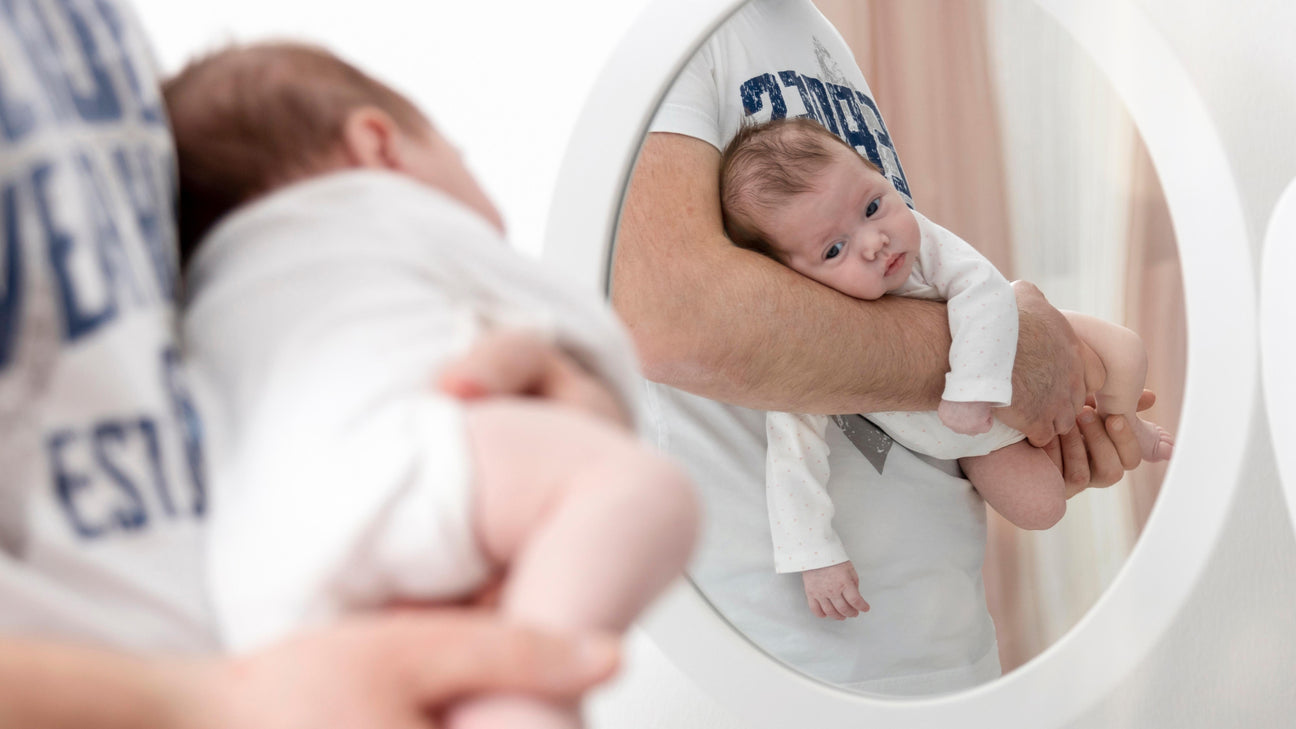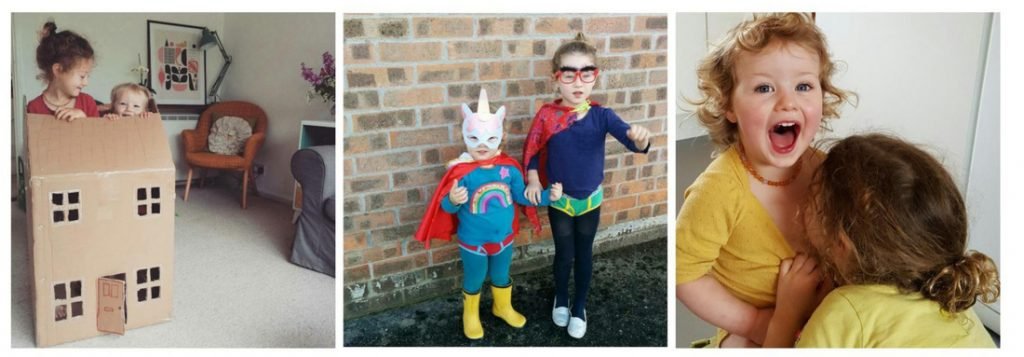As we welcome the start of a brand-new year, I thought it would be the perfect time to revisit some baby wearing basics to kick off the blog for 2025.
Whether you’re new to baby wearing or returning after a few years and need a refresher, this guide will help you feel confident and safe while carrying your little one.
Just like parenting, babywearing is unique to every family. There are many types of slings and carriers, each with different ways to carry your baby. While every parent finds their own style, there are universal safety guidelines that must always be followed to ensure babywearing is done safely.
Why Babywearing Safety Matters
Although rare, there have been instances of babies being injured or, tragically, dying in slings or carriers. As a baby wearing company, we are proud to say that this has never occurred with our products, and we aim to keep it that way by educating and supporting parents.
The risks arise because very young babies, particularly newborns or premature babies, do not have strong neck control. This means their airways can be easily obstructed if incorrectly positioned. Obstructions can occur when a baby’s face presses into soft fabric, a parent’s clothing, or even their own body, such as their chin resting on their chest.
While this is a scary thought, I want to reassure you that babywearing is both natural and beneficial. As one of our trusted resellers, Love to Be Natural, says:
“Carrying your baby is normal. Using a sling or carrier (‘babywearing’) has been practiced worldwide for centuries. Our babies expect to be carried, and we are made to carry them.”
Let’s dive into the T.I.C.K.S. Safety Guidelines, a simple acronym to help you remember how to carry your baby safely in any sling or carrier.
The T.I.C.K.S. Safety Guidelines for Babywearing
T - Tight
Your sling or carrier should be worn tightly enough to securely support your baby.
For stretchy wraps, this means pre-tying the sling snugly to your body before placing your baby in. A good test is that the sling should stretch to accommodate your baby without being too loose. Tight enough means your baby is snug, well-supported, and there’s no risk of slumping.
For buckle carriers, adjust the straps so your baby is held close to your body. Ensure the waistband is secured snugly, and the shoulder straps are tightened enough to keep your baby upright and supported.
I - In view at all times
Your baby’s head should rest on the firm part of your chest, allowing you to monitor their airways at all times.
There should be no fabric, straps, or parts of the carrier covering your baby’s face or restricting your view. The top of the carrier panel should ideally reach the nape of your baby’s neck, not covering their head, as this can cause slumping.
While back carrying can be done from birth with experience and specific carriers (like woven wraps or meh dais), buckle carriers are usually suitable for back carrying only once your baby has strong head and neck control (around six months).
C - Close enough to kiss
Your baby should be positioned close enough that you can easily kiss the top of their head.
This isn’t just for bonding; it also ensures your baby is high enough on your chest for you to monitor their breathing and comfort.
K - Keep chin off chest
Your baby’s chin should always be off their chest to keep their airways open.
Newborns, in particular, love to curl into a fetal position, but this can cause their chin to press into their chest, potentially restricting airflow. Always ensure your baby is upright, with their head supported, and their face in view.
S - Supported back
A well-fitted sling or carrier should fully support your baby’s back in a natural, upright position.


For newborns and small babies with little head control, the carrier should also support up to the nape of their neck. A good way to check is to place your hand gently on your baby’s back, if they slump or move closer to you, the sling is too loose.
Additionally, ensure your baby’s hips are supported in the correct “M” position, also called the “frog-leg” position. This means their knees are higher than their bum, with the sling fabric extending from knee to knee.
Additional Tips for Safe Babywearing
• Always do a safety check after placing your baby in the sling. Adjust as needed to ensure all T.I.C.K.S. points are met.
• If your baby was born prematurely, with a low birth weight, or has a medical condition, consult a certified sling consultant to ensure safe babywearing practices.
Why Babywearing is Worth It
While safety is paramount, babywearing offers so many amazing benefits for both you and your baby. Here are just a few reasons to embrace babywearing:
1. It helps develop a secure mutual attachment.
2. It allows parents and caregivers to develop a deep bond with the baby.
3. It increases parental sensitivity to a baby’s cues, making it easier to meet their needs.
4. It replicates the sensations of the womb, offering comfort and security.
5. It reduces stress for your baby and helps them feel calm.
6. It can significantly reduce crying and fussiness and help your baby fall asleep more easily.
These incredible benefits make babywearing an essential tool for many families.
Final Thoughts
Babywearing is a beautiful and practical way to connect with your baby while navigating daily life. By following the T.I.C.K.S. safety guidelines, you can ensure your baby is carried safely and comfortably, allowing you both to enjoy all the benefits baby wearing offers.
If you have any questions or need further guidance, let us know and we can ask one of our trusted, certified babywearing consultants! We’re here to help you on your journey.
Thanks to Dr Mel Pinet for her input and advice on this blog post.
Happy babywearing!

